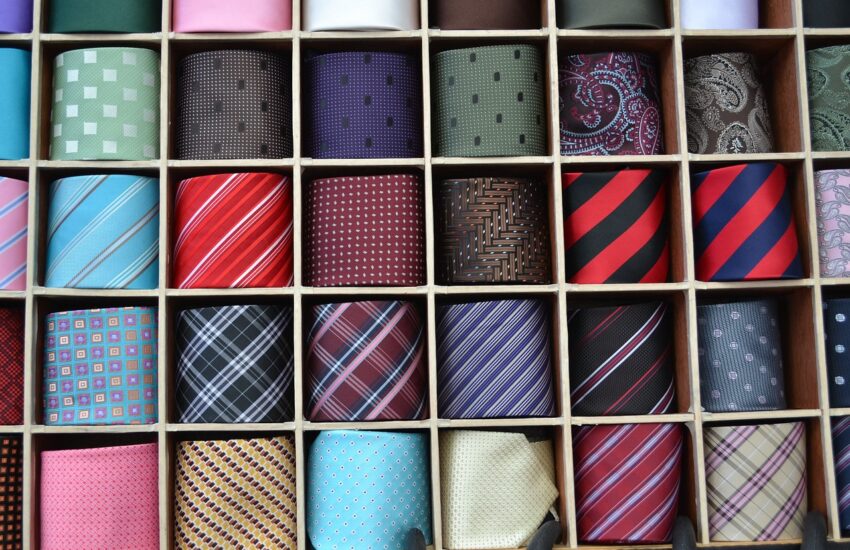In the previous post, I described that whatever we buy, it either belongs to a group of products or services. Sometimes it’s difficult to define the type right away, but after some thought, you can determine what dominates what we purchase from others. Either it is a product and the service is additional, or vice versa.
If we learn to think about the goods we purchase in this way, we can also apply this to designing our own assortment in our own company. The decision as to whether we first present a product or service to the customer determines many other actions, such as how we deliver that good (value) to the customer, how we inform the customer that we offer that good, and, most importantly, how to set the price for our good. I will write about the latter issue – how to set the price – in separate posts, but now let’s deal with the structure of the product. I will describe the structure of the service in the next entry.
A product has 3 layers, which we need to define for ourselves carefully when we want to sell something. First, we have the core of the product, which is its main function or main – as we would say today – utility. In the case of a car, it will be getting from point A to point B, a pot heats our food to a high temperature, a mouse for a computer transfers our intentions, what we want to do on the computer, to the movement of the cursor on the screen, etc. Contrary to appearances, sometimes it is difficult for us to determine the core of a product – for example, an evening bow tie (an accessory to a suit or tuxedo). What is the function of such a bow tie? Is it to amuse other guests at the party (when there are colorful animals on it), express loyalty to the country (bow tie in the national colors) or emphasize the solemnity of the place (black, classic).
Secondly, another layer of the product is the so-called real product. These are the real features of an item. Let’s continue with the example of a car. The core of this product is to move from point A to point B. However, after all, no one bought a car for this reason alone! If the real qualities of a car were not important, with a certain amount of money one could buy any model of any brand, meeting only the price criterion. We don’t buy many products thinking about the main function, we are more guided by detailed features (although, as you will see in a moment, there is something else that influences our decisions even more). We don’t buy the function of getting from point A to point B, but the specific look of the car, its interior, materials, dashboard shape, dimensions, speed achieved, and so on.
When we are guided in our purchase by the actual product, we flip through catalogs, analyze technical data, compare lengths, colors, type of equipment, additional features… But that’s not all, because we often buy something because… we like it, or more precisely – we like what we think of the product. We buy a product because of the third layer: the extended product.

Figure 1. Layers of the product
Third, then, is the extended product. This includes the opinions of past users or owners, myths about the brand, legends of the founders of the manufacturer’s company, our own experience with products of this type or that manufacturer in the past. The augmented product also includes promises – of reliability, prestige, our sense of freedom or feeling of comfort, reliability of service, peace of mind (or adrenaline) resulting from use, etc. All these things I’ve listed are usually immeasurable and indefinable, and sometimes exist only in our minds in the form of hopes or beliefs. And yet, this is why we choose Volkswagen (German precision) over Alfa Romeo (Italian style), or prefer Toyota (Japanese reliability) over Renault (French comfort).
Of course, it can be quite the opposite! However, such decisions are based largely on emotions, perceptions and promises….

